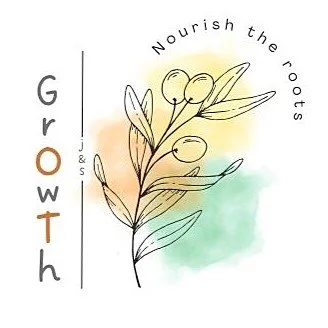Visual perception is the brain’s ability to make sense of what is being seen by the eyes. It is usually assessed using a standardised assessment. At Jeane Kolbe Occupational Therapy we use the DTVP-2 to assess visual perceptual skills. Let’s take a closer look at each of the components of visual perception, in the order they are assessed with the DTVP-2.
Position in space
This is the child’s ability to determine his/her position or orientation relative to an object(s) in a 2 or 3 dimensional space, or the position of an object relative to the child’s position. For example: I am standing behind the chair/I am sitting on a tree branch/The book is in front of me. The proprioceptive sense and body scheme (knowing where one’s body is in space) forms the foundation for the development of position in space.
Visual-motor Integration/Copying
This is the ability to co-ordinate specific visual input in order to reproduce postures or images that are seen, through motor output. For example, playing “Simon says” or copying new letters, numbers and shapes from the board onto a piece of paper. Visual-motor integration is dependent on well-developed fine motor co-ordination and other visual perceptual skills.
Figure ground
This is the ability to focus on a meaningful object or visual stimulus in the foreground while ignoring other irrelevant background stimuli- for example, being able to focus on a bird in a tree and ignoring the branches and leaves, or being able to focus on one word at a time when reading without being distracted by the other letters and words on the page. The development of figure ground is dependent on appropriate development of the visual sensory system. Problems with figure ground may result in the child losing his/her place whilst reading by skipping lines or words on a page.
Spatial relations
Spatial relations is the perception of the position of objects in relation to one another. This can be in a 2 or 3 dimensional space. For example, the book is on the table, the chair is behind the desk, the teddy bear is to the left/right of the pillow, the toy box is underneath the bed. Spatial relations affects how a child will relate letters in a word to one another and may play a role in specific types of Dyslexia- e.g. field/field, 41/14, or words in a sentence to one another- e.g. He went to town / He to town went. Spatial relations develops from body scheme and position in space.
Visual closure
This is the ability to predict what an object would look like completed, if only parts of it are shown. Form constancy (see below) and visual memory are important underlying skills to visual closure as a child will not be able to predict what the half-visible object is if they do not have prior knowledge of the object in its complete form, and if they are not able to recall the visual properties of the object. Difficulties with visual closure may lead to poor letter formation as the child does not close their letters- e.g. writing u instead of a or cl (cl) instead of d.
Visual-motor Speed
This is the ability to complete a task, which requires visual input and motor output, with good quality within a certain time period. This is important when it comes to tests and exams because children are marked according to the quality of their work, and if they are not able to complete the test within the given period of time their total score is disadvantaged. Visual-motor speed is dependent on all of the sensory systems working together.
Form constancy
Form constancy is the ability to recognize and match forms (objects or shapes) regardless of the size, orientation or colour of the forms. For example, being able to identify that a small square and a big square are both squares, a chair lying upside down is still a chair and a small b is the same letter as a capital B. The development of form constancy relies on visual discrimination and figure ground. A difficulty with this may cause a delay in the development of form concepts and difficulties with reading and mathematics.
Visual discrimination
This is the ability to focus on visual properties of an object in order to identify what it is as well as to identify similarities and differences between objects in order to match them correctly. This is important for the development of form constancy. Toddlers already start to use visual discrimination when playing with form boards and putting shapes into their matching holes in a box/toy. Children learning the alphabet need good visual discrimination skills in order to distinguish the difference between similar-looking letters such as q and g or a and o.
We hope that this clarifies some terms that we OT’s so often use to confuse parents.

